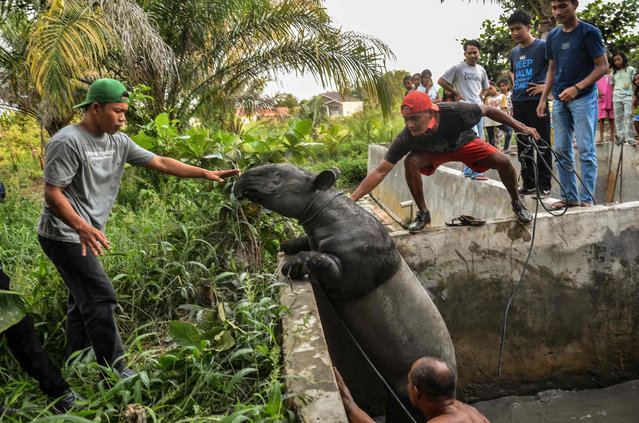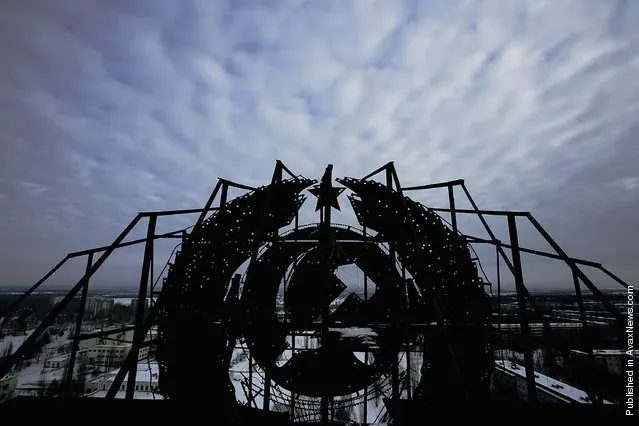
Admiral Flota Sovetskovo Soyuza Kuznetsov (Russian: Адмирал флота Советского Союза Кузнецов “Fleet Admiral of the Soviet Union Kuznetsov”), originally named Riga, renamed Leonid Brezhnev then Tbilisi) is an aircraft cruiser (heavy aircraft carrying missile cruiser (TAVKR) in Russian classification) serving as the flagship of the Russian Navy. She was originally commissioned in the Soviet Navy, and was intended to be the lead ship of her class, but the only other ship of her class, Varyag, was never commissioned and was sold to the People's Republic of China by Ukraine under the condition she would never be refitted for combat. Kuznetsov was named after the Admiral of the Fleet of the Soviet Union Nikolai Gerasimovich Kuznetsov.
20 Nov 2011 03:51:00,post received
0 comments







